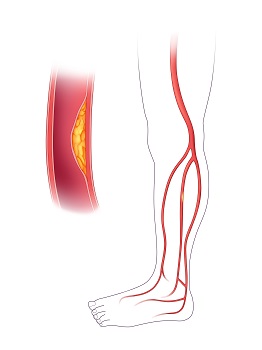
Peripheral Arterial Disease (PAD)
Peripheral arterial disease, or PAD, compromises the blood vessels. Peripheral arterial disease causes arteries to your arms or legs to narrow or become clogged. This most often results from hardening of your arteries or atherosclerosis. The plaque associated with atherosclerosis blocks blood flow and prevents oxygen from reaching tissue.
In the legs, these blockages can cause claudication, a term used to describe recurrent pain or weakness in the legs that occurs while walking that is relieved by rest. In its more severe form, peripheral arterial disease may cause critical limb ischemia.
Critical limb ischemia occurs when the inadequate blood flow and oxygen to a specific part of the body is so compromised it results in severe rest pain or tissue loss, such as a non-healing sore or even gangrene. If the tissue of the limb has been affected; this requires immediate attention by an interventional vascular specialist.
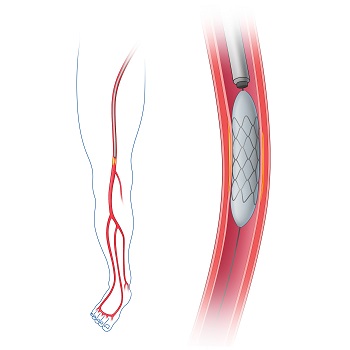
Angioplasty
Angioplasty uses inflatable devices called balloons to open up narrowed arteries. During angioplasty, the vascular and interventional radiologist guides a catheter with a tiny balloon tip through the blood vessels into the blockage. The balloon is inflated to widen the artery, which restores blood flow.
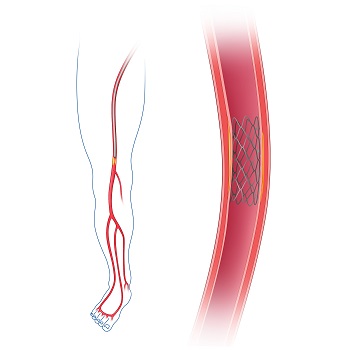
Stenting
Sometimes, in conjunction with balloon angioplasty, the doctor will place a stent, or a tiny mesh tube, inside the artery to help keep it open.
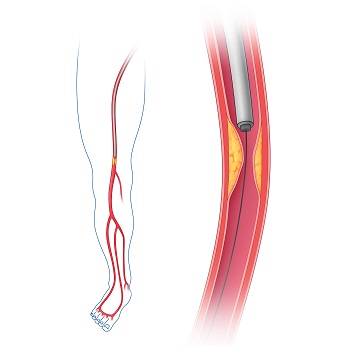
Atherectomy
In situations where there is heavy build-up of plaque, atherectormy is used to debulk the plaque to optimize blood flow.
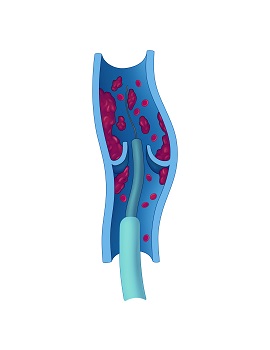
Thrombectomy
When a blood clot suddenly blocks blood flow, a treatment known as a thrombectomy will remove the clot from the involved artery using various medical tools that can extract or dissolve the clot.





